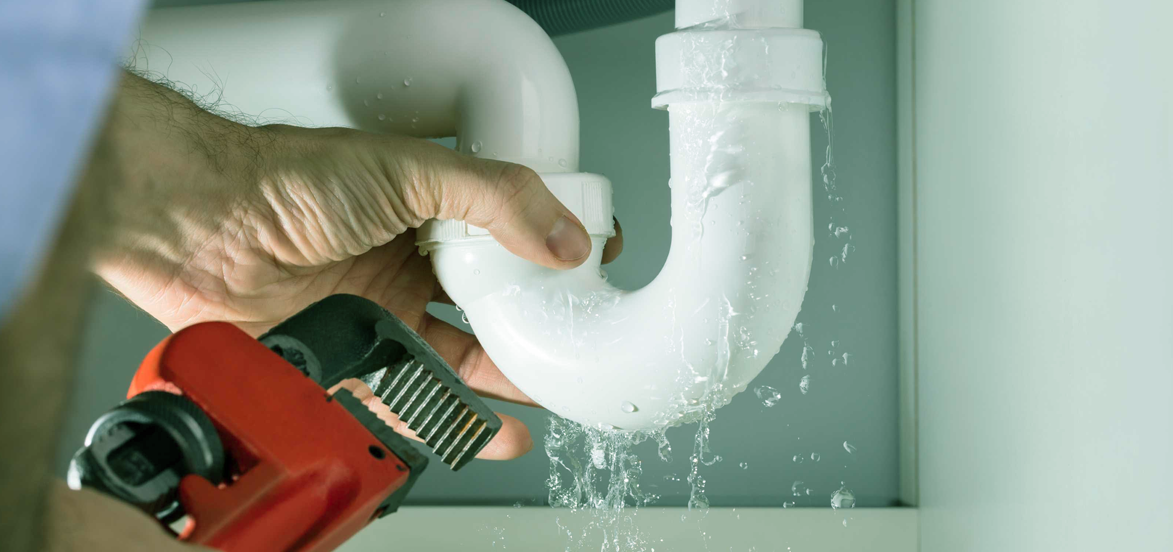6 Ways to Locate Concealed Water Leaks in Your House
6 Ways to Locate Concealed Water Leaks in Your House
Blog Article
We've unearthed the article about Top leak detection hacks down the page on the net and thought it made sense to talk about it with you on this site.

Early detection of dripping water lines can mitigate a prospective calamity. Aside from conserving you money, it will decrease the stress and irritation. The moment you discover a leakage, calling your plumber for repairs is the very best solution. Nevertheless, some little water leaks may not show up. Here are some hacks that help if you can not identify it with your naked eyes.
1. Check Out the Water Meter
Every house has a water meter. Checking it is a guaranteed way that assists you find leakages. For beginners, shut off all the water resources. Make certain no one will flush, use the faucet, shower, run the cleaning machine or dishwasher. From there, go to the meter and watch if it will change. Since no one is using it, there should be no movements. That indicates a fast-moving leak if it relocates. Furthermore, if you detect no changes, wait a hr or 2 as well as inspect back again. This indicates you may have a slow leak that might also be underground.
2. Inspect Water Usage
If you identify abrupt adjustments, regardless of your usage being the same, it indicates that you have leaks in your plumbing system. An abrupt spike in your bill shows a fast-moving leak.
A steady increase every month, also with the very same practices, shows you have a slow-moving leak that's also slowly rising. Call a plumber to thoroughly check your residential or commercial property, specifically if you really feel a warm area on your flooring with piping underneath.
3. Do a Food Coloring Test
30% comes from bathrooms when it comes to water usage. Examination to see if they are running appropriately. Drop specks of food color in the container and also wait 10 mins. If the shade in some way infiltrates your dish during that time without flushing, there's a leakage between the container and bowl.
4. Asses Exterior Lines
Do not fail to remember to check your exterior water lines also. Must water seep out of the connection, you have a loosened rubber gasket. One tiny leak can throw away bunches of water and increase your water costs.
5. Assess the scenario and examine
Property owners must make it a habit to examine under the sink counters as well as also inside cabinets for any type of bad odor or mold and mildew development. These two red flags suggest a leakage so punctual focus is called for. Doing regular examinations, also bi-annually, can save you from a major problem.
Check for stainings and also compromising as a lot of pipelines and home appliances have a life span. If you believe leaking water lines in your plumbing system, don't wait for it to rise.
Early discovery of leaking water lines can reduce a possible calamity. Some tiny water leakages might not be visible. Checking it is a guaranteed method that assists you find leakages. One little leakage can throw away loads of water as well as surge your water costs.
If you presume dripping water lines in your plumbing system, don't wait for it to intensify.
How to Know If Your Home Has a Hidden Leak
Water Meter Reveals Inexplicable Water Usage
If you’d like to test whether or not there’s a leak somewhere in your home, you can do this using your water meter. Here is how to conduct the test:
Don’t use any water in your home for at least 30 minutes; this also means not turning on faucets or water-using appliances.
Go outside, and check your water meter for activity.
If your water meter shows that there was activity, even though no one was using any water, this proves that there is a leak in your home.Visible Mold or Mildew Growth
Leaks behind walls create moist, dark environments that allow mold and mildew to grow and thrive. Eventually, you might see mold growth forming on the wall closest to a hidden leak.
If mold is growing in an area that receives a high amount of moisture, such as a bathroom, it may simply be an indication that better ventilation is needed. However, if you see mold growth on a wall or the ceiling in an area where you would not expect, you probably have a hidden leak.
Musty, Mildew Odor
Sometimes you might not be able to see the mold or mildew that is growing as a result of a leak. However, the smell can give the problem away just as easily. If you catch a whiff of something musty, there’s a good chance that old water is collecting somewhere in your home that you can’t see.
Stained/Warped Walls, Ceilings, or Floors
When your home soaks up water, a variety of red flags can become visible, including ceiling stains, bubbling drywall, warped walls, and sagging floors. While these issues can be caused by excess humidity, they can also be signs that a pipe or plumbing connection has started leaking behind your walls.
Inexplicably High Water Bill
After a while, you get a general sense for what your water bill should be. If you own a pool or sprinkler system, your bill will tend to be higher during summer. However, if you receive a water bill that seems especially high, and you can’t figure out what caused it, then you may have a hidden leak somewhere that’s increasing your bill.
https://www.plumbingjoint.com/blog/2019/july/how-to-know-if-your-home-has-a-hidden-leak/

I'm very drawn to Locating water leaks and I'm hoping you enjoyed the entire blog post. Liked our blog? Please share it. Let somebody else find it. We love reading our article about Hacks to detect leaks.
Report this page